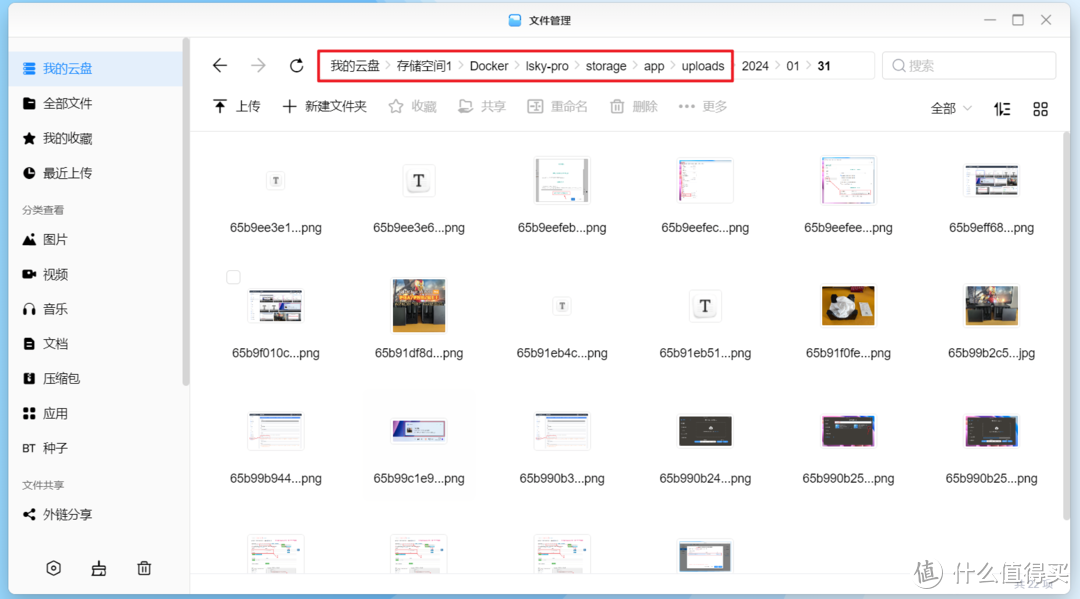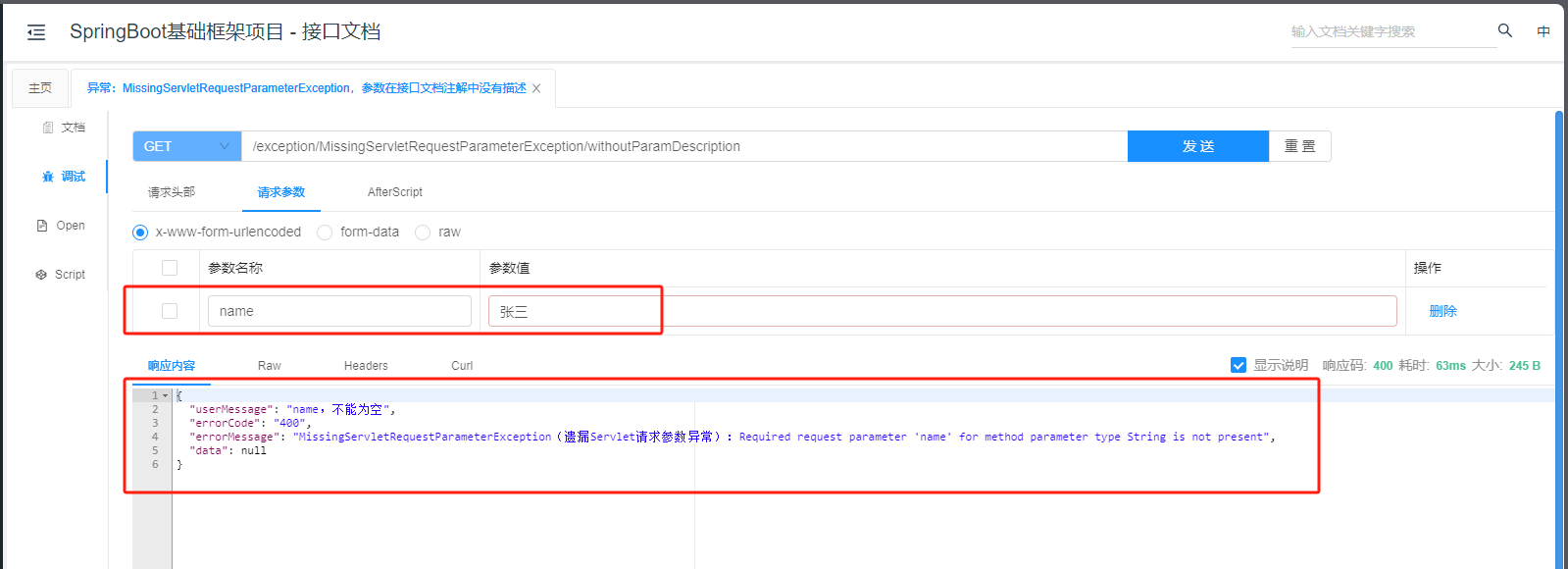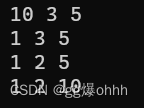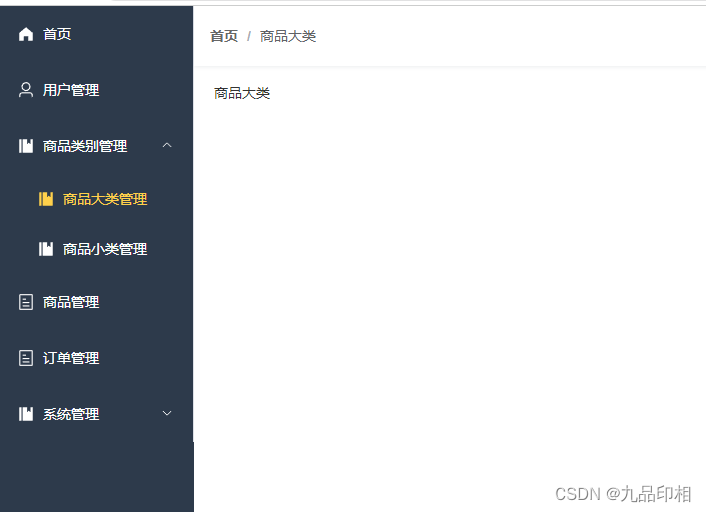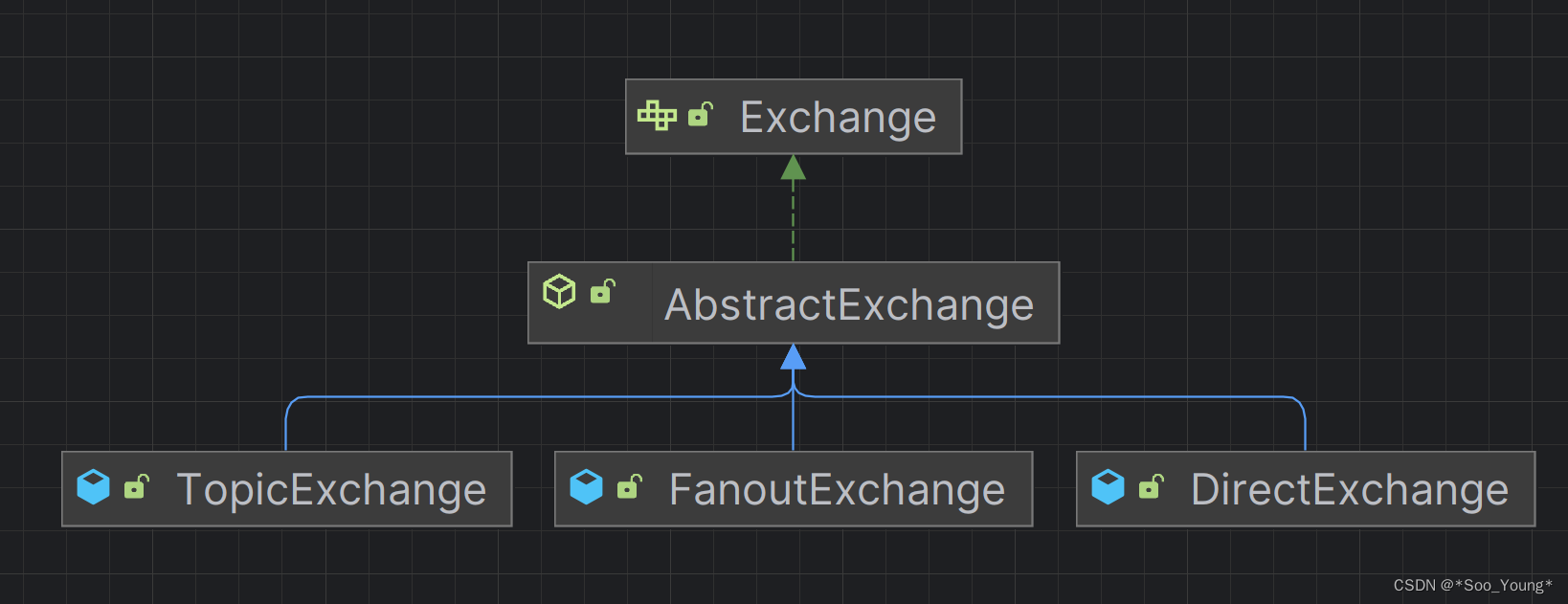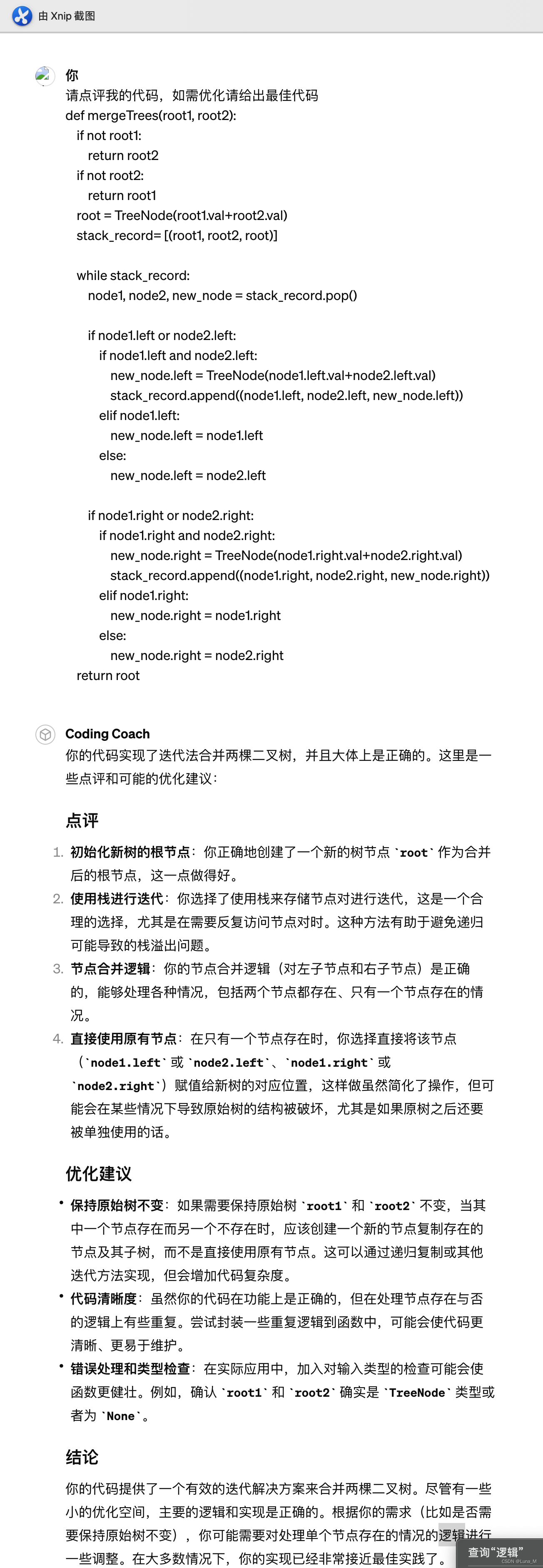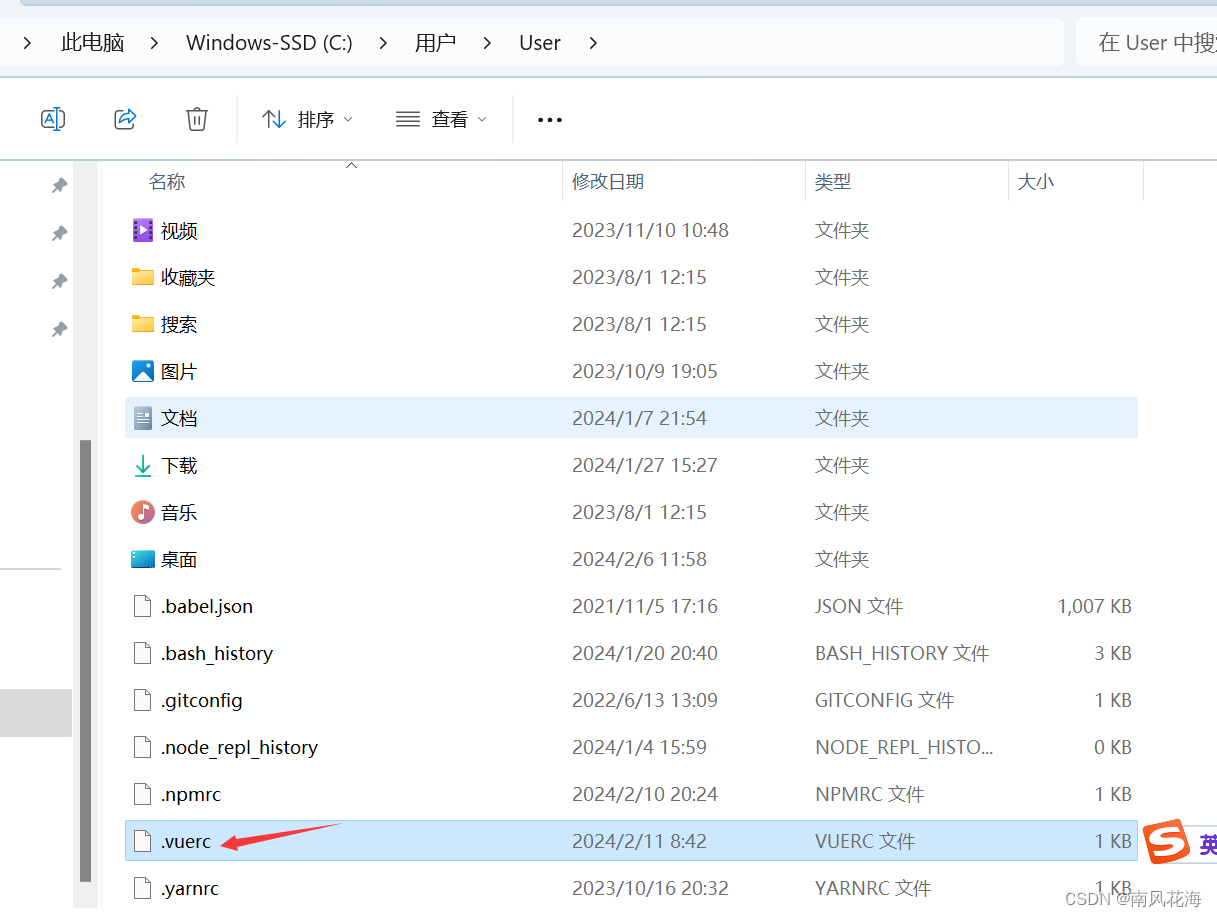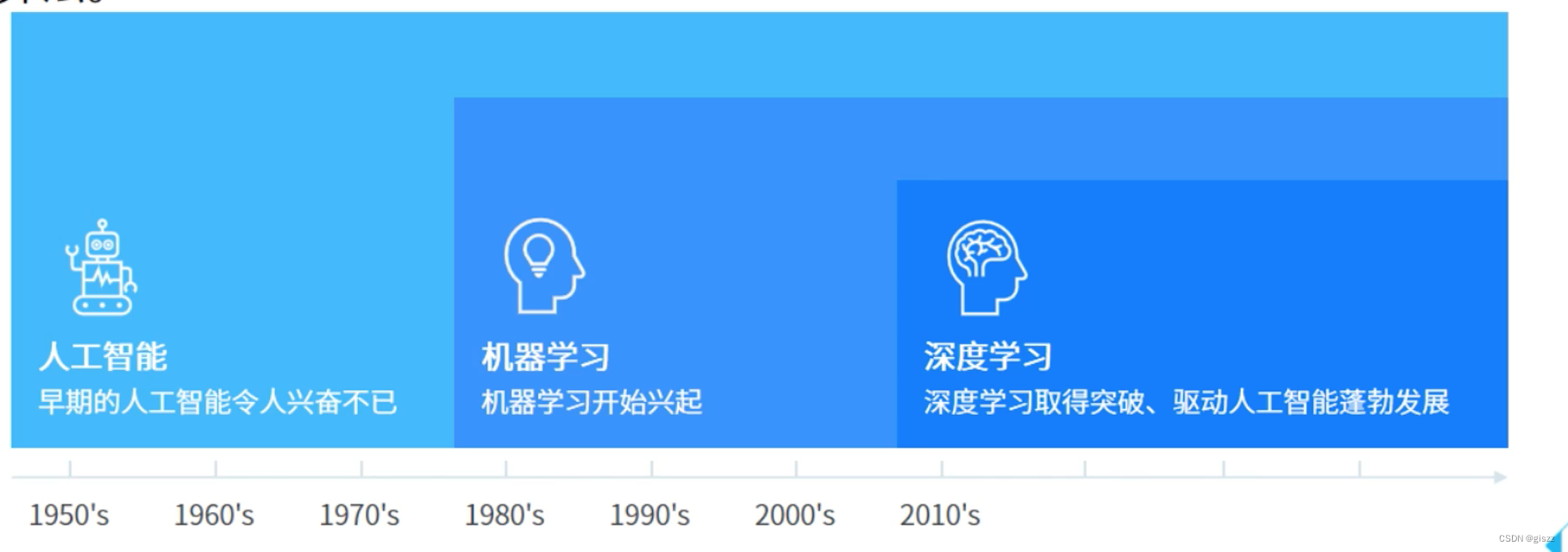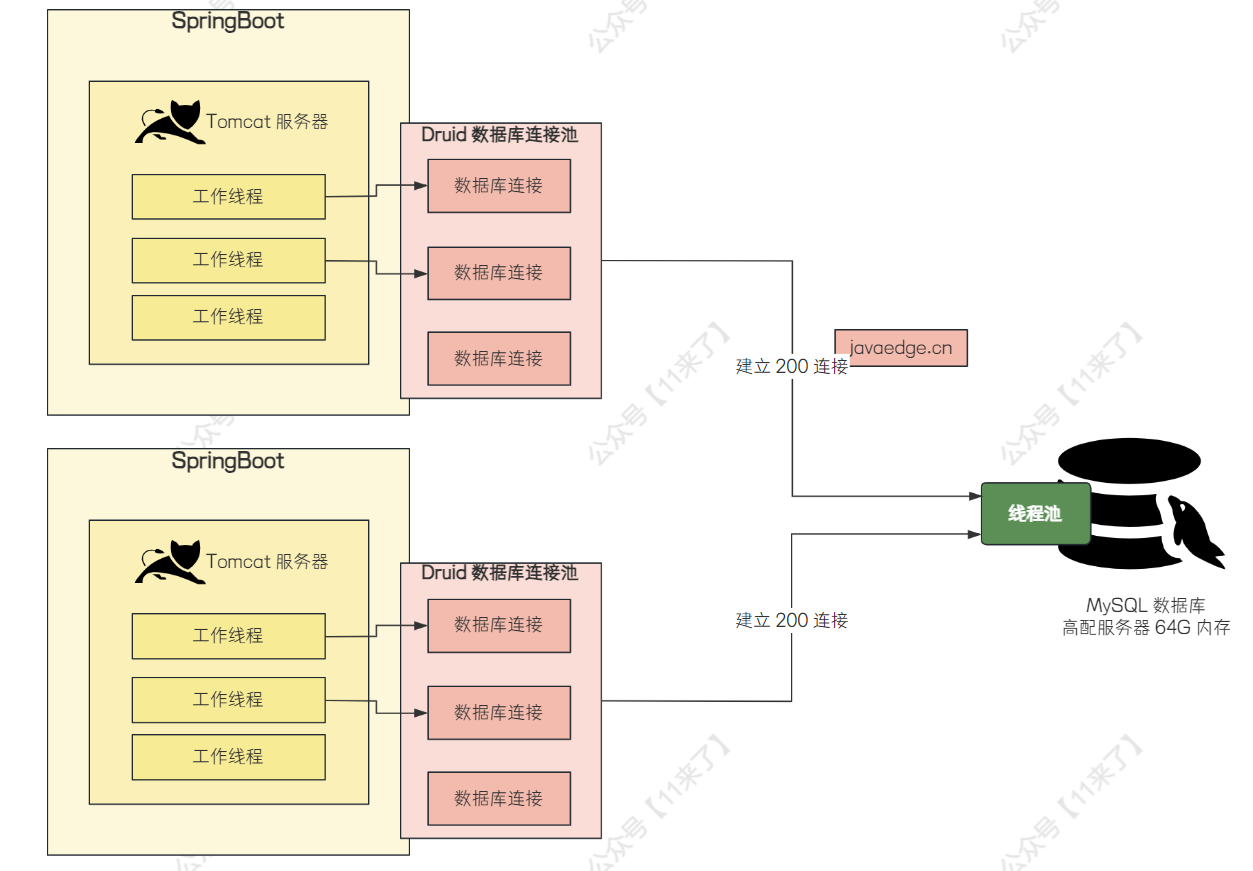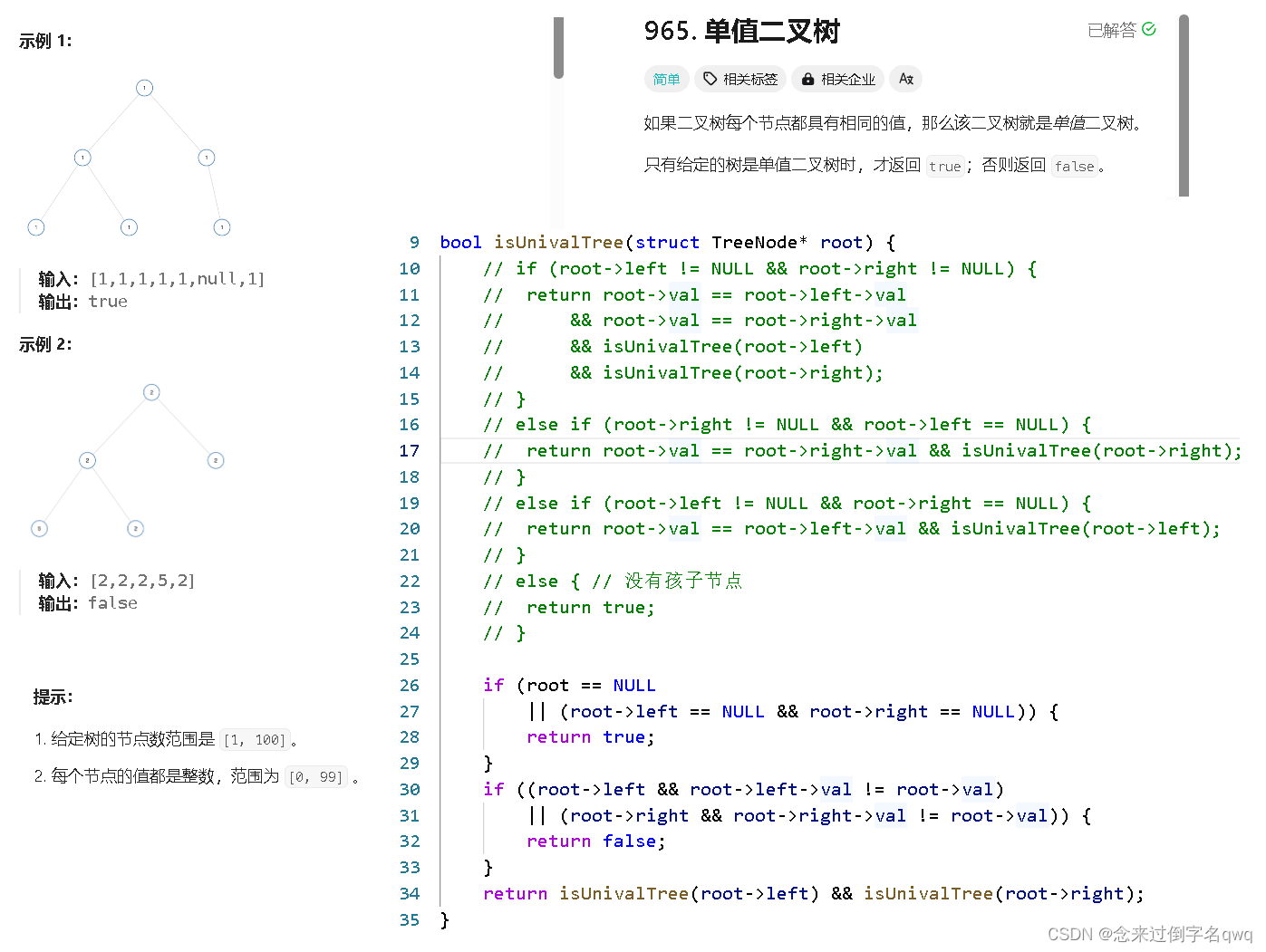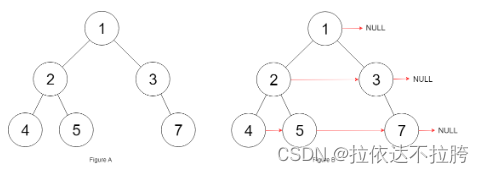目录
前言
概述
源码:
主函数:
运行结果:
前言
今天和大家共享一句箴言:我本可以忍受黑暗,如果我不曾见过太阳。
概述
队列(Queue)是一种常见的数据结构,遵循先进先出(FIFO,First-In-First-Out)的原则。类比现实生活中排队等候的场景,队列中的元素按照加入的顺序排列,从队列的一端(队尾)添加元素,从另一端(队头)取出元素。
队列有两个基本操作:
- 入队(Enqueue):将元素添加到队列的末尾。
- 出队(Dequeue):从队列的开头取出元素,并将其从队列中删除。
除了入队和出队操作,队列还提供了其他一些常用的操作,如获取队列长度、判断队列是否为空、获取队头元素等。
源码:
class QUEUE
{
struct data
{
int num;
struct data* pre, *bk;
};
struct data* top, *button;
public:
QUEUE(){
top = button = (struct data*)malloc(sizeof(struct data));
button->pre = nullptr;
button->bk = nullptr;
}
~QUEUE(){}
void push(int data);
int pop();
};
void QUEUE::push(int data){
top->num = data;
top->bk = (struct data*)malloc(sizeof(struct data));
top->bk->pre = top;
top = top->bk;
top->bk = nullptr;
return;
}
int QUEUE::pop()
{
if (button != top)
{
top->num = button->num;
button = button->bk;
free(button->pre);
return top->num;
}
else
{
return -9999999;
}
}
主函数:
#include<stdio.h>
#include<iostream>
using namespace std;
#include"sort.h"
#include<windows.h>
int main()
{
QUEUE queue;
cout << "栈输入元素:";
for (int i = 1; i < 10; ++i)
{
queue.push(i);
cout << i << " ";
}
cout << endl;
cout << "栈输出结果:";
for (int i = 1; i < 10; ++i)
{
cout << queue.pop() << " ";
}
cout << endl;
system("pause");
return 0;
}
![[word] word分割线在哪里设置 #其他#经验分享](https://img-blog.csdnimg.cn/img_convert/c8b08df8bc6e04028bb4e70f398294f3.gif)

